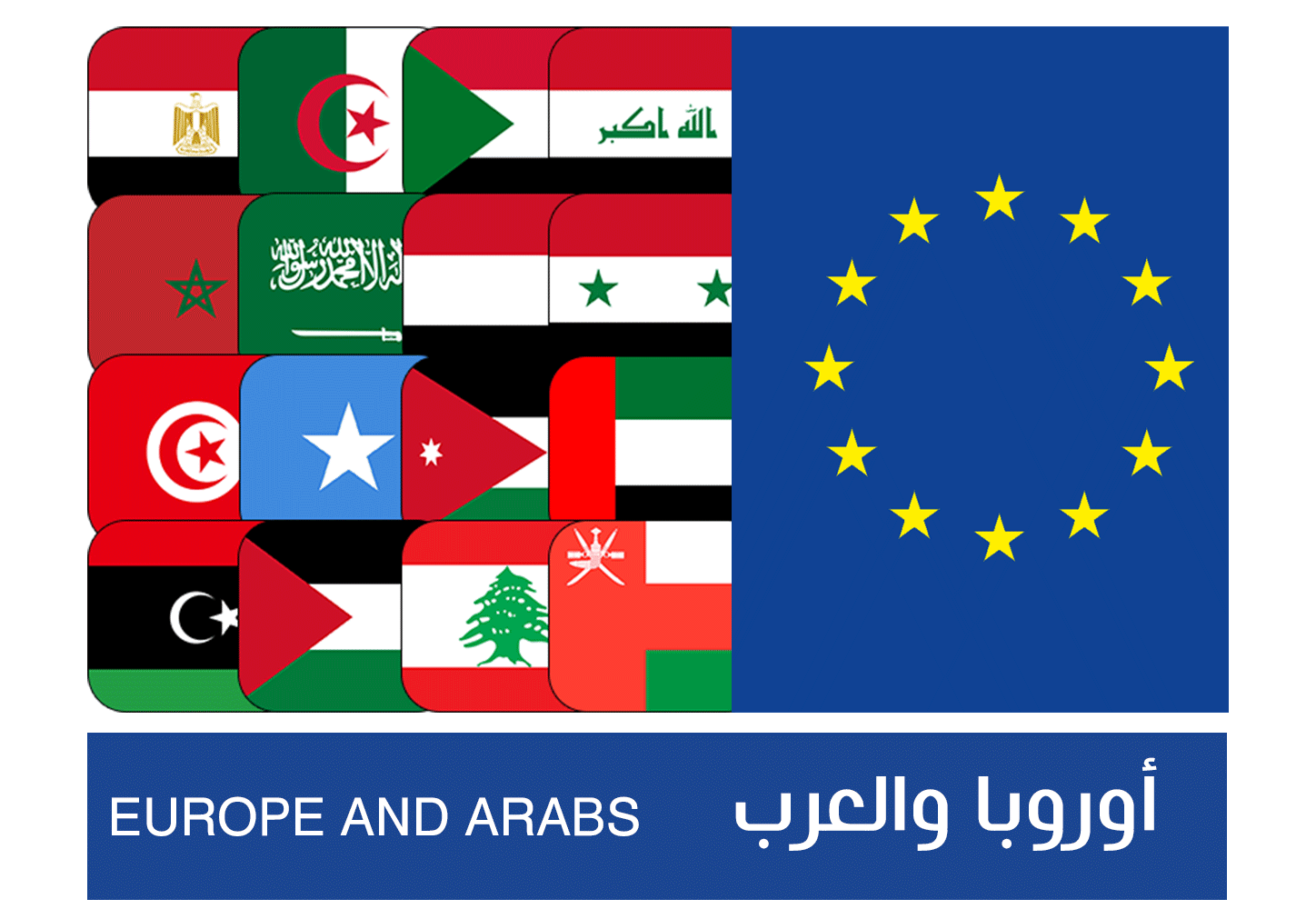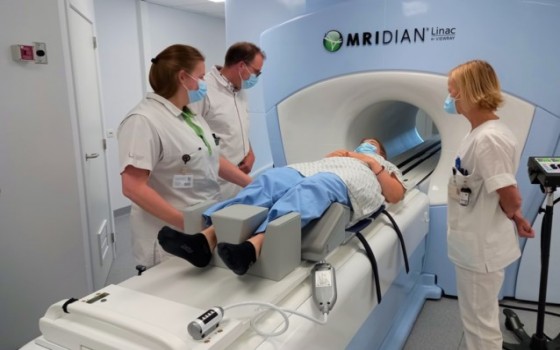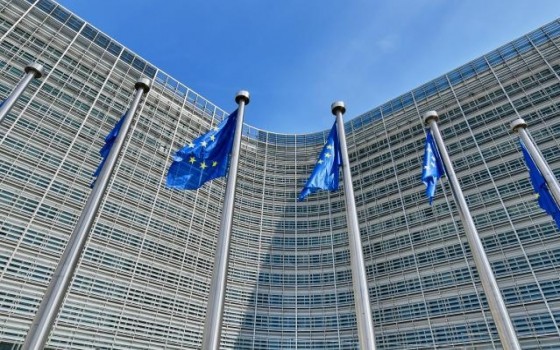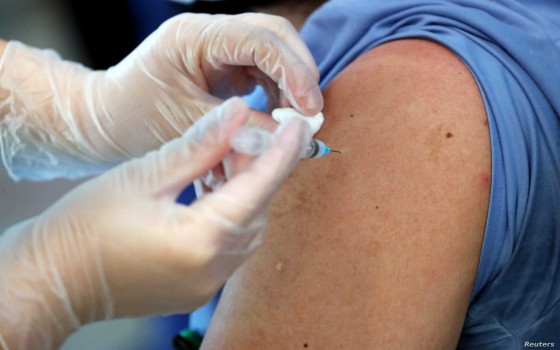
About 400 children die annually in Europe and Central Asia due to high temperature

- Europe and Arabs
- Wednesday , 24 July 2024 8:40 AM GMT
New York: Europe and the Arabs
High temperatures in Europe and Central Asia claimed the lives of an estimated 377 children in 2021 - according to a new report published by the United Nations Children’s Fund (UNICEF) yesterday, Wednesday, which included data from 23 countries. According to what was stated in the daily news bulletin of the United Nations
The report was titled: “Beatening the Heat: Child Health Amid Heat Waves in Europe and Central Asia.” It was concluded that half of these children died from heat-related illnesses in their first year of life. Most of the children died during the summer months.
About half of children across Europe and Central Asia - 92 million - are already exposed to frequent heatwaves in a region where temperatures are rising at the fastest rate in the world, said Regina De Dominicis, UNICEF Regional Director for Europe and Central Asia.
She warned that high temperatures could have serious health complications for children, especially young children, even in a short period of time, noting that these complications could be life-threatening if care is not available.
Loss of more than 32 thousand years
Exposure to heat has severe effects on babies, even before they are born, and can lead to premature birth, low birth weight, stillbirth, and birth defects, according to UNICEF.
Heat stress is a direct cause of infant mortality, can affect their development and cause a range of diseases in children. The extreme heat also caused the loss of more than 32,000 years of healthy life among children and adolescents in the region.
Required steps
As temperatures continue to rise, UNICEF is urging governments across Europe and Central Asia to:
Integrate strategies to reduce the impact of heatwaves, including through nationally determined contributions, national adaptation plans, disaster risk reduction and disaster management policies, with children at the center of these plans.
Invest in heat health action plans and primary health care to more appropriately support heat-related illnesses among children.
Invest in early warning systems, including thermal alert systems.
Adapt educational facilities to reduce temperatures in areas where children play and provide teachers with skills to respond to heat stress.
Adapt urban design and infrastructure, including ensuring that buildings, especially those housing the most vulnerable communities, are equipped to reduce heat exposure.
Ensure the provision of safe water, especially in countries where water quality and availability are deteriorating.
UNICEF explained that it is working with governments, partners and communities across the region to build resilience to heat waves. This includes equipping teachers, community health workers and families with the skills and knowledge needed to respond to heat stress.












No Comments Found